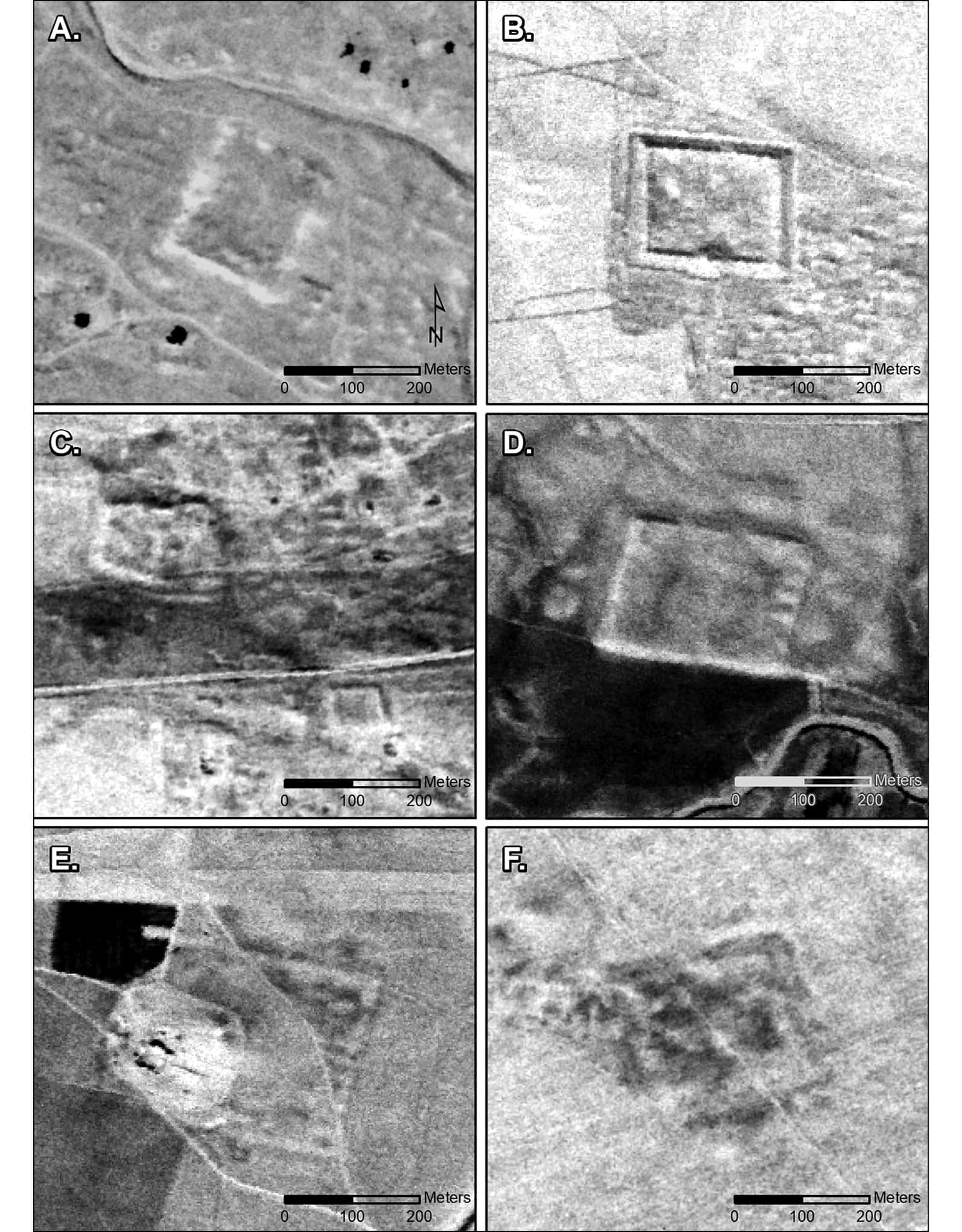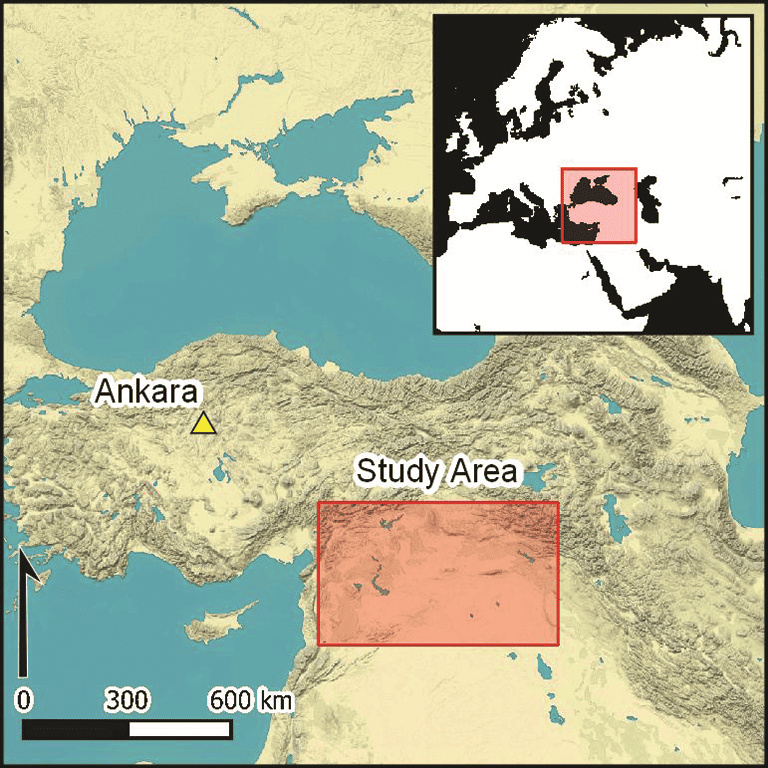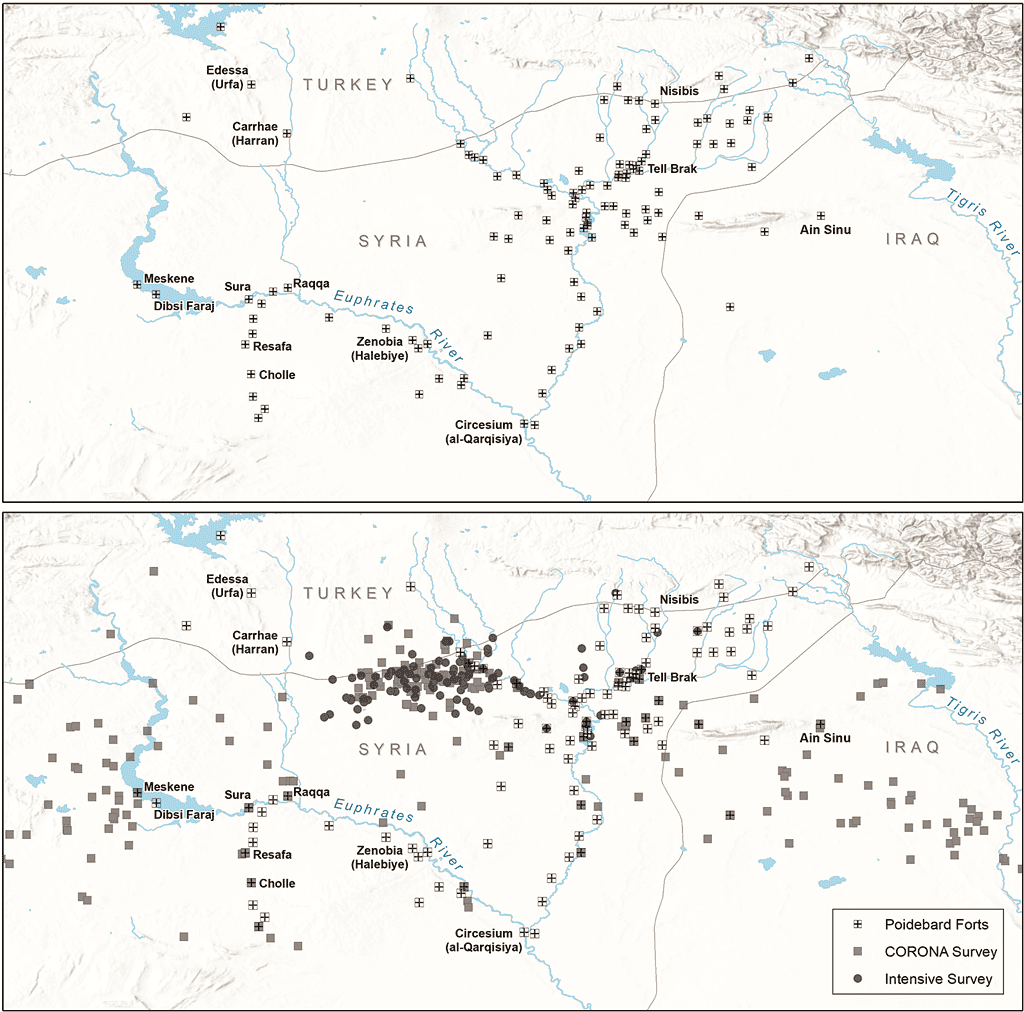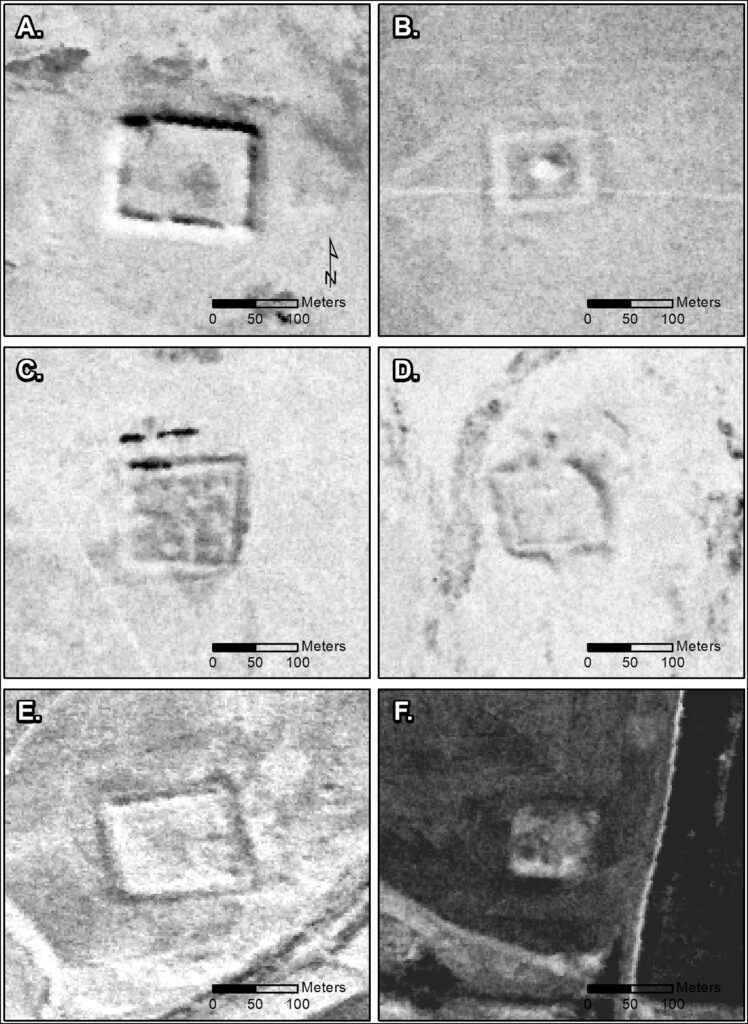A lot of spying happened during the Cold War. Some of that spying had unexpected benefits. Researchers have analyzed declassified imagery, uncovering a whopping 396 Roman forts across Turkey and Syria. The findings suggest that the Romans weren’t only interested in defending their empire militarily — they established bastions of trade and culture across the Near East.

In the early 20th century, Father Antoine Poidebard, an aerial archaeology pioneer, had a brilliant idea: to undertake an aerial archaeology survey. It was one of the first such surveys ever undertaken, and it uncovered a lot of new features. Poidebard surveyed areas of Eastern Turkey and mapped hundreds of fortified military buildings along Rome’s eastern frontier. His thesis proposed a defensive line against eastern incursions, which made a lot of sense. It was the edge of the Roman Empire, naturally they wanted to protect their borders.
However, a 21st-century team, using declassified images from CORONA and HEXAGON spy satellites, discovered an additional 396 forts, painting a different picture of Rome’s strategies in the region.
“Since the 1930s, historians and archaeologists have debated the strategic or political purpose of this system of fortifications,” says lead author of the research, Professor Jesse Casana from Dartmouth College, “but few scholars have questioned Poidebard’s basic observation that there was a line of forts defining the eastern Roman frontier.”
Ironically, it was Cold War satellites that would debunk Poidebard’s theory.
An East-West line

Poidebard’s work, revolutionary in its time, was limited by the technology of the early 20th century. Today, the use of high-resolution satellite imagery has transformed our ability to uncover and interpret archaeological sites. So we can get more information from aerial imagery and uncover more forts than Poidebard was able to.
Nowadays, unfortunately, much of the area under study has been affected by modern developments. But researchers got an unexpected boon from spy satellites from the 1960s and 1970s.
“These images formed part of the world’s first spy satellite programmes”, state the authors. They “preserve a high-resolution, stereo perspective on a landscape that has been severely impacted by modern-day land-use changes.”

The addition of these forts paints a whole new picture. For starters, they mostly form an east-west network. The Roman border was north-south, and that’s also how most forts discovered by Poidebard were placed. The newly discovered forts show that it wasn’t so much about defending a border but rather about building a support network. A more likely idea, researchers say, was that the forts were actually constructed to support interregional trade and facilitate communication between east and west.
The second finding is that the border wasn’t marked as rigidly and strongly by forts as previously thought. This suggests that violence at the border wouldn’t have been that common, otherwise the Romans would have guarded it more closely. This finding challenges the long-held belief that the Roman Empire heavily fortified and guarded its borders against external threats. It indicates that the need for defense against violent incursions was not as significant as originally thought.
Further research and archaeological evidence could provide additional insight into the reasons behind this seemingly lesser emphasis on border fortifications. It is possible that the Romans had different strategies for managing border regions, such as establishing diplomatic ties with nearby tribes or maintaining a mobile military presence rather than stationary forts.
There’s more info to soon be declassified
The unfortunate news is that a lot of this archaeology has already been destroyed by modern activity, mostly agriculture and city expansion. So, researchers can’t go on site to study the forts in more detail, even if they had the funding to do so. The good news is that there’s more Cold War imagery that will soon be declassified.
“We were only able confidently to identify extant archaeological remains at 38 of Poidebard’s 116 forts”, states Professor Casana. “In addition, many of the likely Roman forts we have documented in this study have already been destroyed by recent urban or agricultural development, and countless others are under extreme threat.”

This study reshapes our view of Roman frontiers as dynamic zones of cultural and economic exchange rather than mere military barriers. It highlights Rome’s adaptability and strategic ingenuity in managing its vast empire, which extended from the rainy islands of Britain to the deserts of the Middle East.
Ultimately, the revelation brought by the discovery of these forts and their revised interpretation is a testament to the dynamic nature of historical research. Even theories developed a century ago can be changed. As we continue to integrate modern technology with archaeological practice, we are reminded that history is not a static tapestry but a living, evolving story. The sands of time, once thought to have buried the secrets of the past, are now allowing us to journey back and view ancient civilizations in a new light.
The study was published in Antiquity.






